Hunter communities' big winners in Active Transport funding
Eight councils across the Hunter will share in $60 million to boost walking and cycling, with $10 million across the state dedicated to supporting active travel to and from school, as part of the NSW Government's Get NSW Active program.
Of the 88 projects, 51 are in regional NSW including 14 around primary schools, which will be funded under this latest round of the grant program to build crucial pathways and cycleways that promote walking and bike riding as an easy, safe and convenient way for people to get around.
The 16 Hunter projects, worth a total value of $13.4 million include:
- Singleton Council - $5.074 million to construct a 1.55km long walking and bike riding connection along Combo Lane and Wilkinson Boulevard. The project will deliver entirely new transport options for people living in Singleton Heights and Hunterview. The construction of a bridge over the Hunter River will provide a quiet route along Combo Lane to connect people directly to the Singleton CBD and make walking and bike riding a safe and attractive choice for day-to-day travel.
- Lake Macquarie City Council - $3.657 million to design and partially construct an active transport link from Charlestown to the Fernleigh Track.
- Lake Macquarie City Council - $650,000 to construct a 3km shared path, including a bridge, from the Soldiers Road shared pathway from Pelican and the service road at Pelican Airport. This path will provide Pelican residents and visitors a connection to Marks Point and the Fernleigh Track.
- Maitland City Council - $647,441 to design and construct a shared pathway along Raymond Terrace Road between Settlers Boulevard and Hillgate Drive, Thornton, for active transport. It will provide safe crossing and link up to 12,500 people to existing recreation, commercial and community infrastructure.
- Cessnock City Council - $586,919 to construct a 1.8km walking path from Anderson Avenue to Main Road Paxton to connect to the existing path to Paxton Public School. This will provide a walking and cycling track to and from school.
- City of Newcastle - $500,000 to construct the Memorial Drive shared crossing to improve safety and accessibility for pedestrians. It will connect the 6km Bathers Way shared path to sporting facilities and the broader cycling network.
- City of Newcastle - $500,000 to construct a shared path in King Edward Park along Reserve Road to replace the existing footpath between the Terrace and York Drive.
- MidCoast Council - $467,000 to construct a sealed footpath from the Coolongolook Public School to the existing path in King Street that links to bus stops.
- Cessnock City Council - $424,216 to replace the existing dilapidated path with a 3-metre wide shared path at East Esplanade Weston from Fourth Street to Third Street.
- MidCoast Council - $396,000 towards building a sealed footpath along Marine Drive to allow tourists and residents to easy access the Tea Gardens foreshore.
- Port Stephens Council - $112,300 to construct a raised pedestrian crossing across Tarean Road, Karuah and provide safer access to school and sporting facilities.
- Muswellbrook Shire Council - $100,625 to design a shared path between Thompson and Kamilaroi Streets and Cassidy Avenue, South Muswellbrook. It will provide access to the Calvary Retirement community and retail businesses on Rutherford Road.
- Lake Macquarie City Council - $93,280 to design the extension and expansion of Toronto Greenway, the pathway connecting Toronto Foreshore with Fassifern Train Station.
- Port Stephens Council - $88,320 to design a new footpath to connect existing footpaths on Strathmore Road in Mallabula. This missing link will connect the town centres of Tanillba Bay and Lemon Tree Passage.
- Port Stephens Council - $73,440 to plan a new footpath to connect existing footpaths on Campbell Avenue in Anna Bay. It will connect the existing path on Campbell Avenue to the town centre.
- Port Stephens Council - $73,440 to plan a new footpath that connects existing footpaths on President Wilson Walk in Tanilba Bay. This missing link will connect the town centre of Tanilba Bay to the local primary school.
This most recent round of the Get NSW Active program received 345 applications from councils with a total request worth $287.6 million which shows the strong desire for infrastructure that supports people who choose to walk or ride to their destination.
The next step will be to confirm the award of funding to councils so they can begin construction or planning phases of their projects.
The full list of Get NSW Active successful applications and projects is published at https://www.transport.nsw.gov.au/projects/programs/get-nsw-active
Transport Minister Jo Haylen said:
"It's exciting to see the wide range of active transport projects that will soon come to life, positively impacting potentially hundreds of thousands of people across the state.
"This year, of the amount shared, $10 million will be dedicated to delivering infrastructure that supports walking and riding to school, which received an overwhelming amount of interest from councils.
"I want to thank councils across the state for their commitment to making it easier for people to safely walk, cycle and scoot around their communities."
Minister for the Hunter Yasmin Catley said:
"I'm thrilled the Hunter has received more than $13 million to fund new active transport projects.
"These pathways and cycleways will not only make it safer for our community to get around but help us stay connected to local schools, businesses, and of course stay healthy while travelling there.
"We know more people are moving to our great region and it's vital we have the infrastructure in place to support them."
Minister for Regional Transport and Roads Jenny Aitchison said:
"The communities in the Hunter will benefit greatly from this investment.
"I'm thrilled that more than half of the projects successful in this year's round of funding is going to regional NSW to provide active transport options for local communities to enjoy.
"It's this type of infrastructure that makes our communities happier and healthier.
"There is a strong movement towards active transport corridors in our regional communities and it's great to be part of a government which is funding the development and delivery of infrastructure to envisage this."


